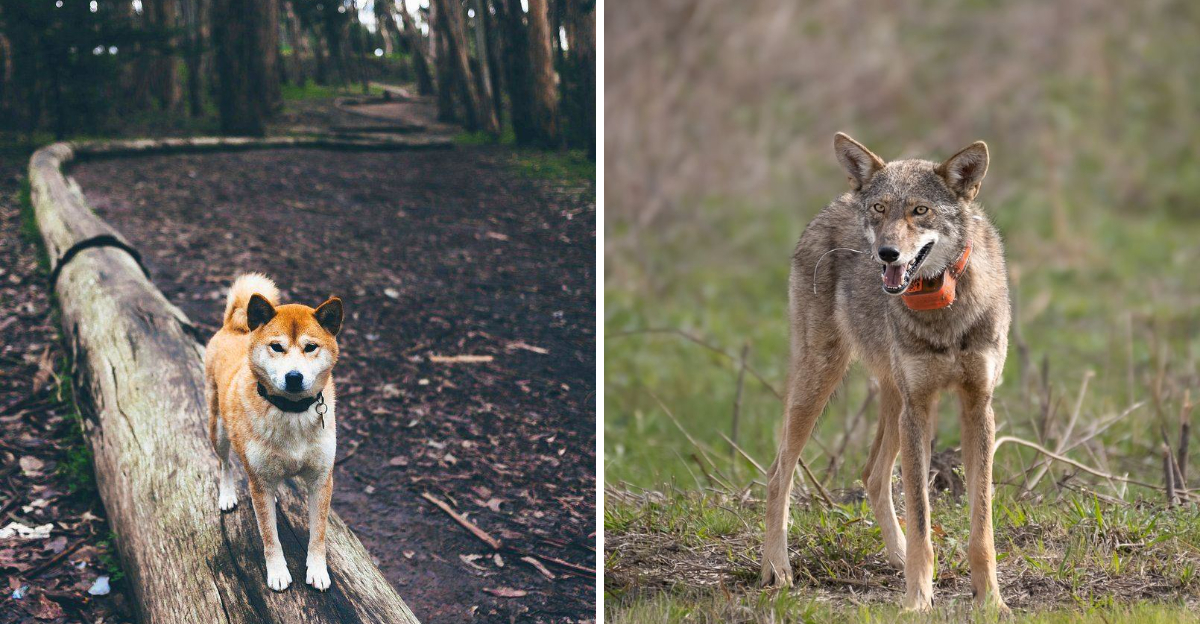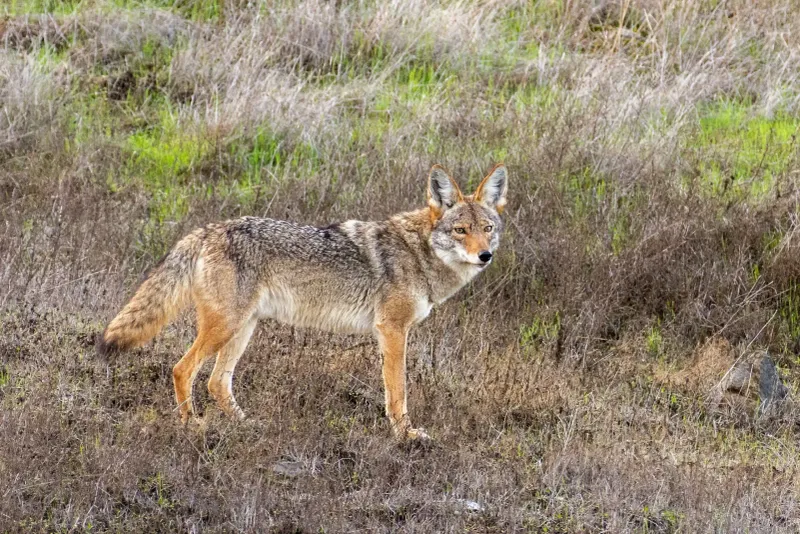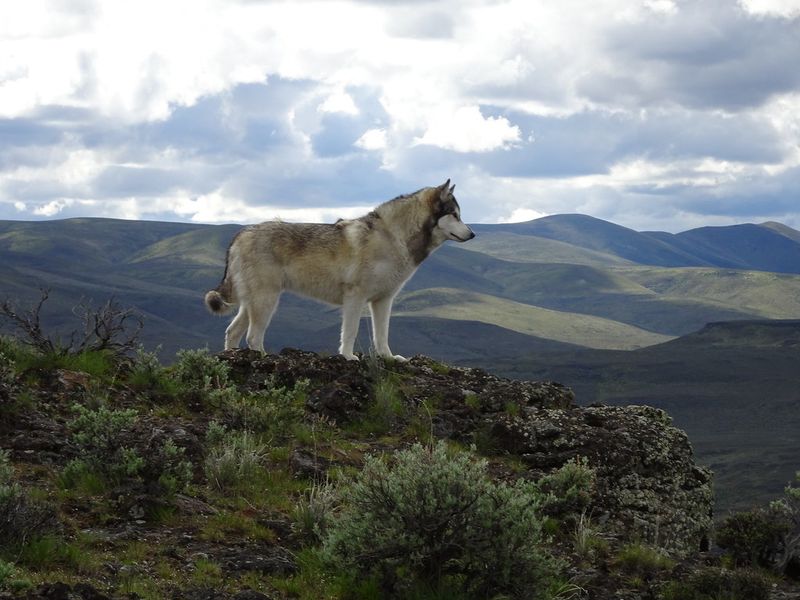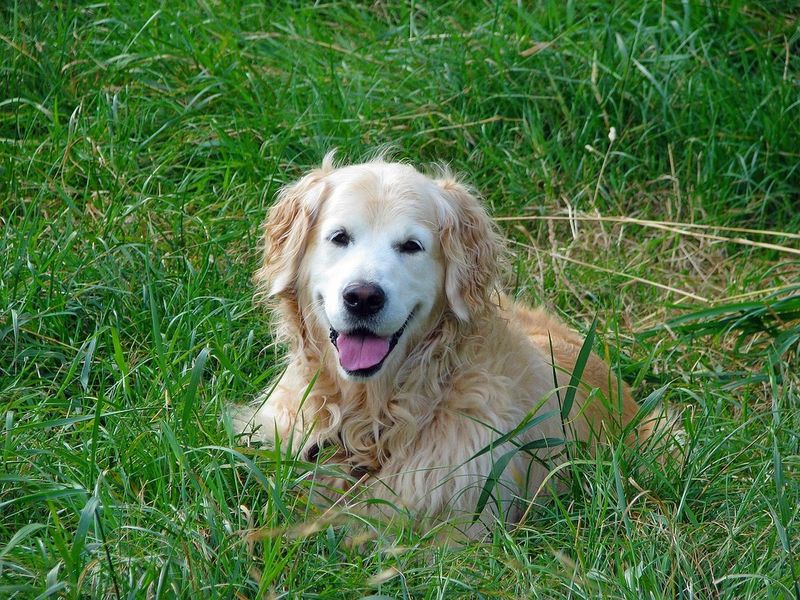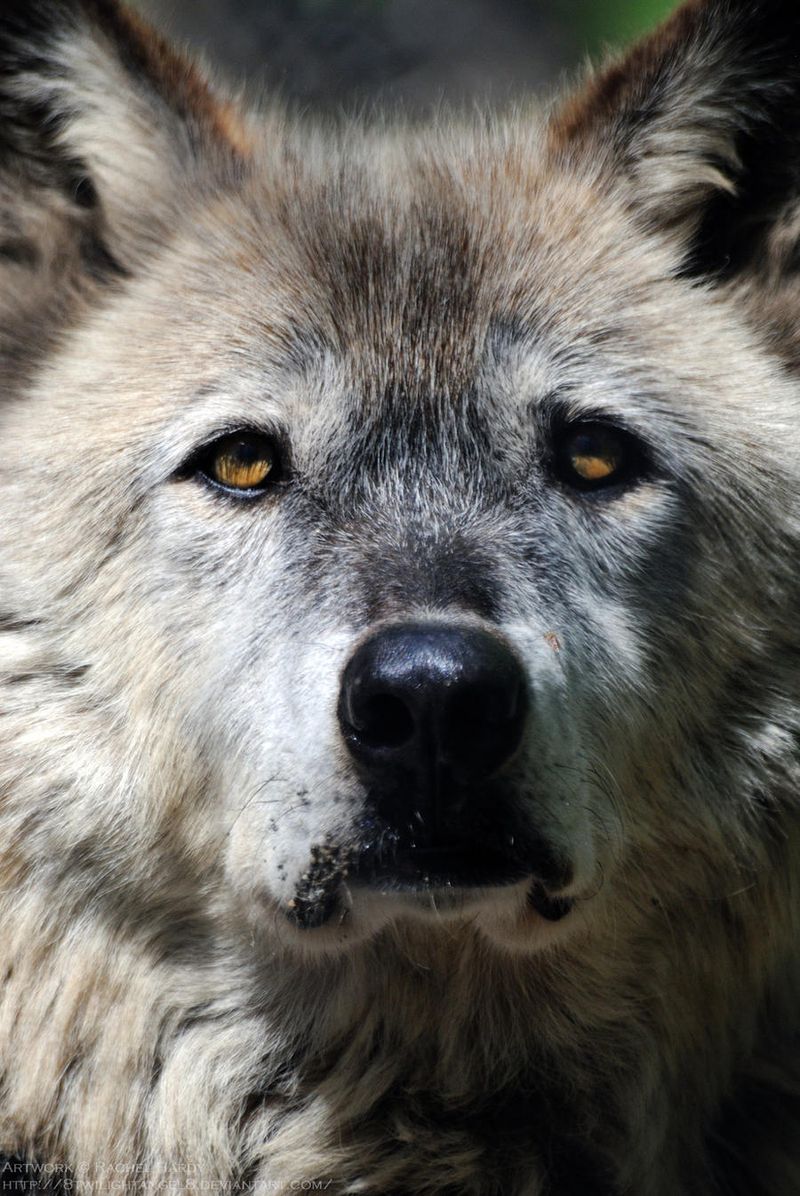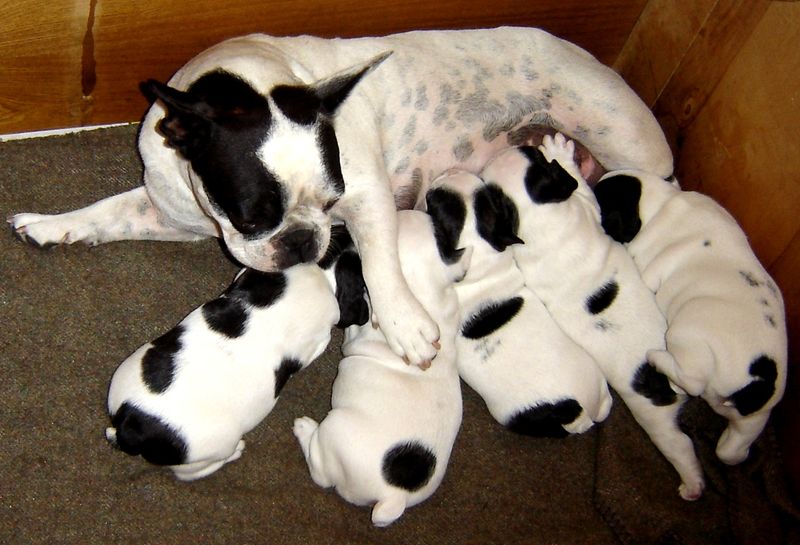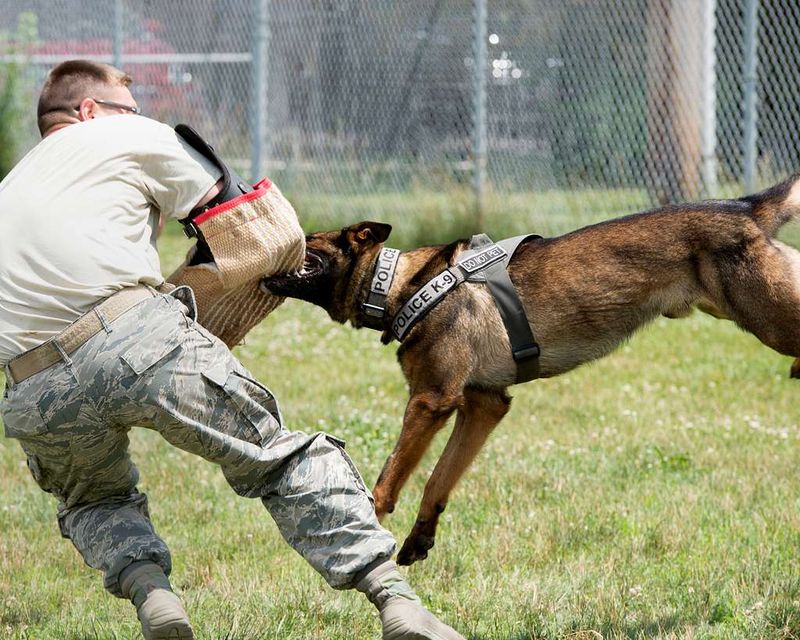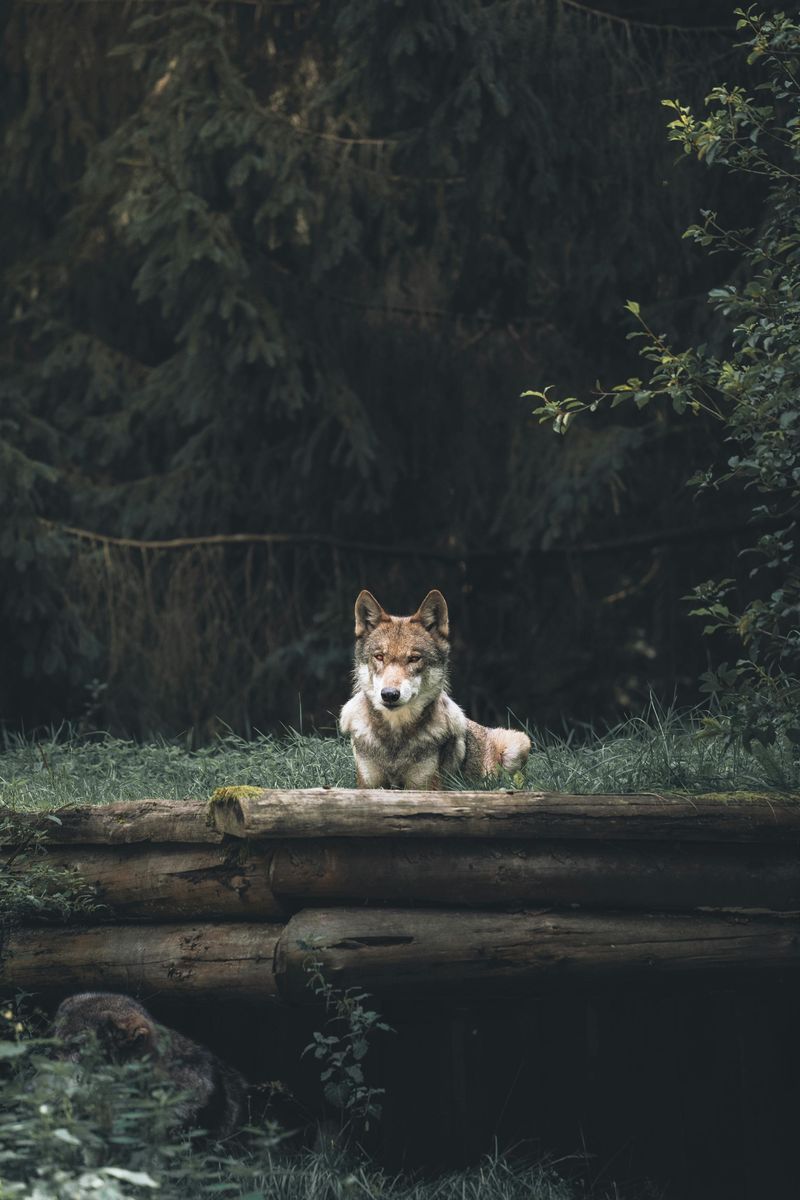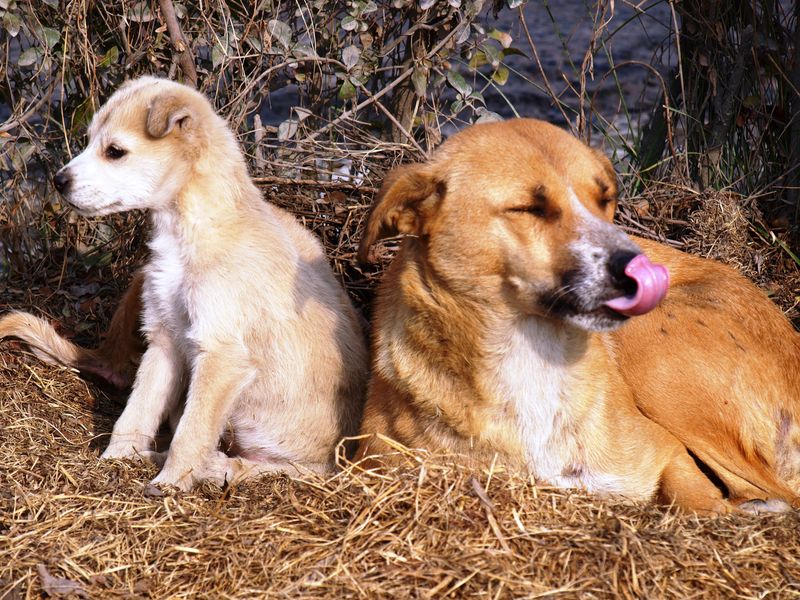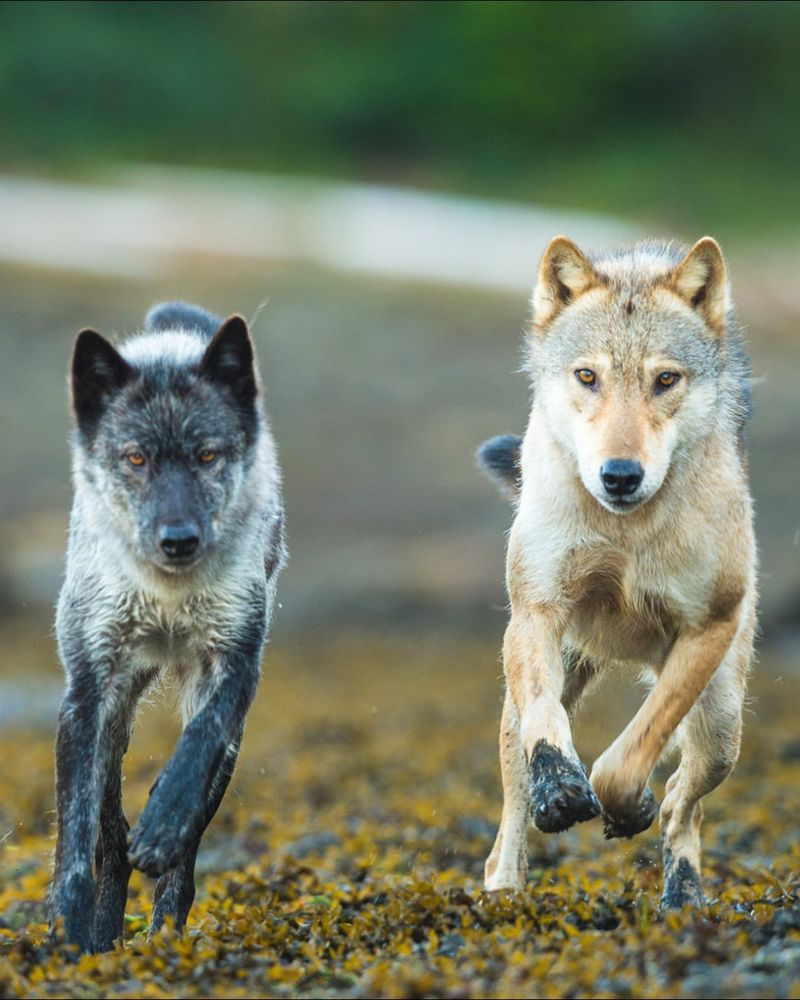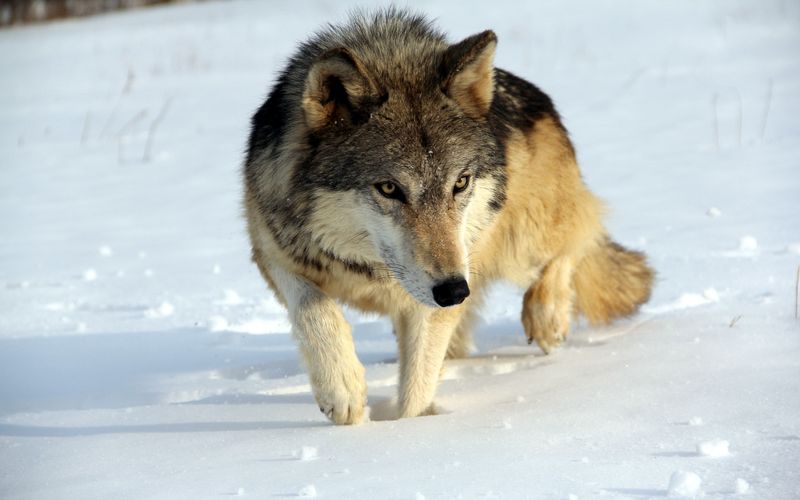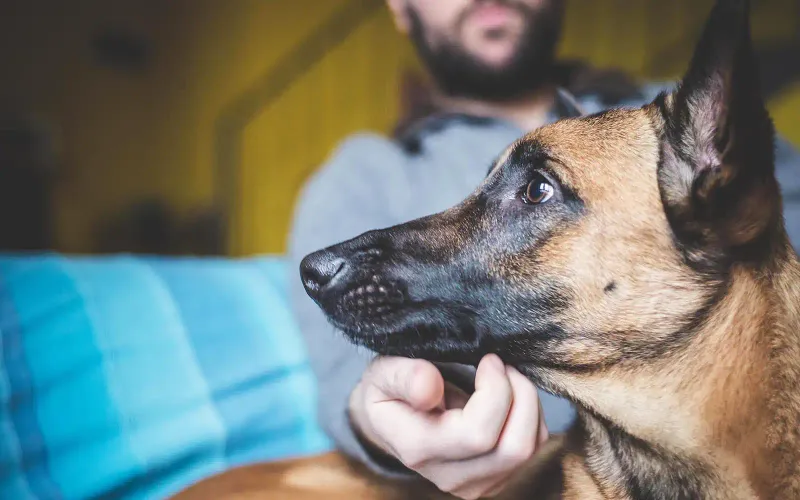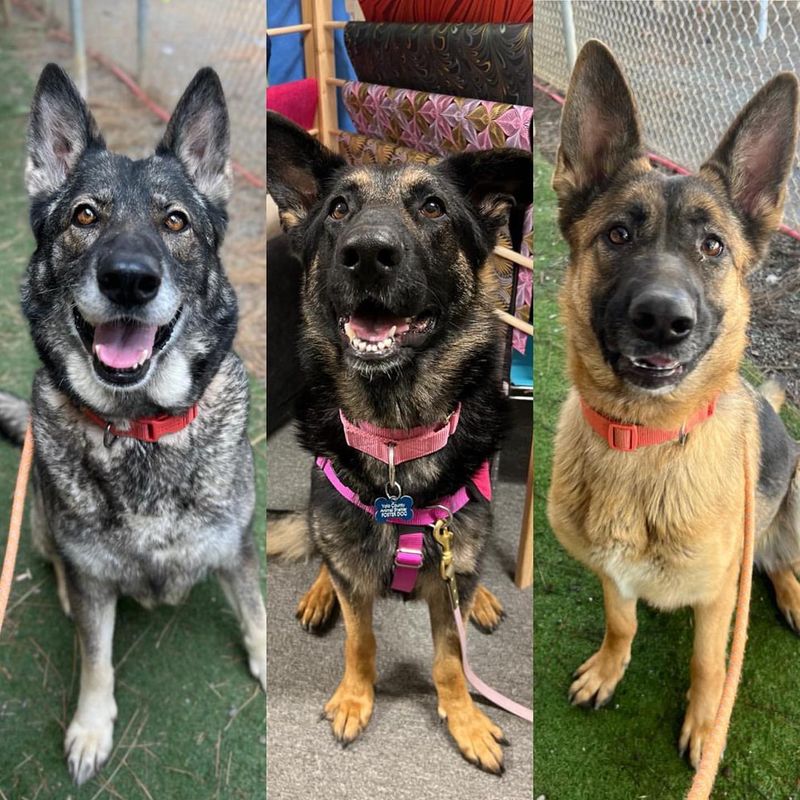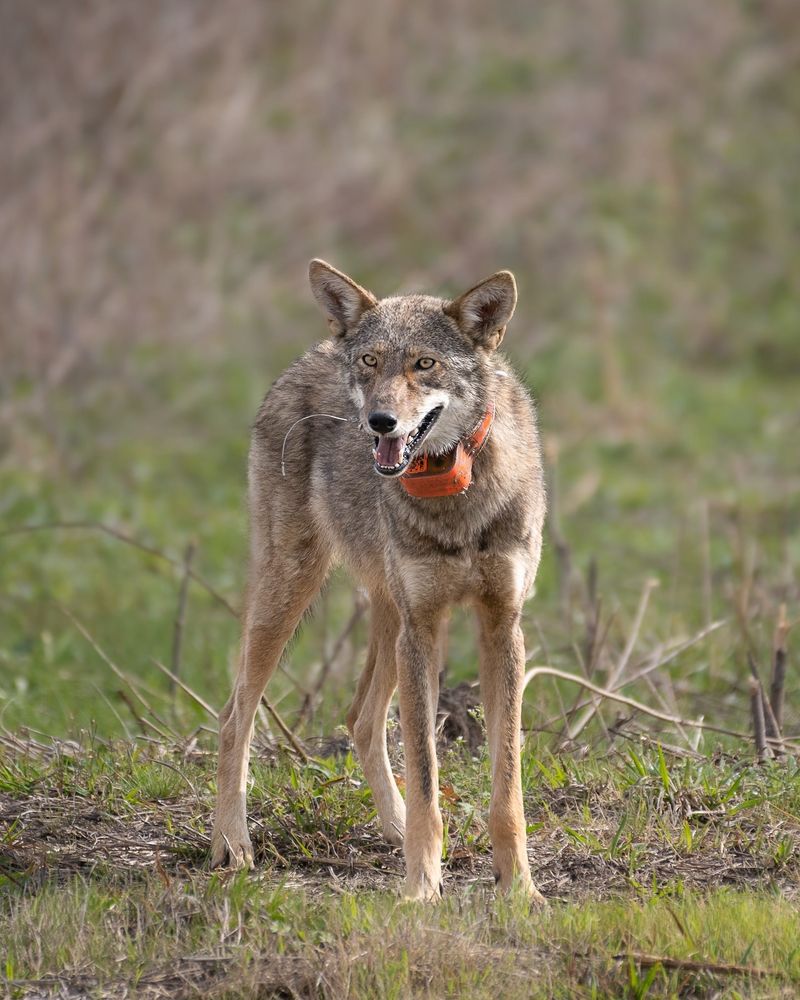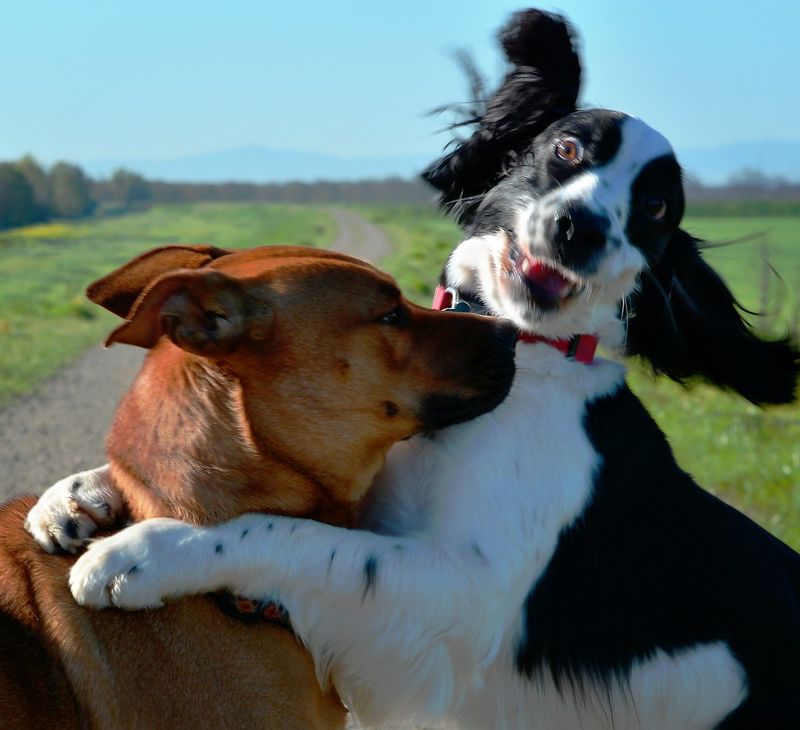Understanding the differences between dogs and wolves is essential for appreciating the unique characteristics of both species. While they share a common ancestry, their evolutionary paths have diverged significantly over the years. This post explores nineteen major differences, shedding light on their behavior, appearance, and relationship with humans.
Domestication Level
Dogs have been domesticated for thousands of years, adapting to living with humans. This domestication has led to a dependency on humans for food, shelter, and companionship. Wolves, on the other hand, remain wild animals with no reliance on humans. Their survival instincts are honed for the wild, making them more self-sufficient.
While dogs seek human interaction and form bonds with people, wolves maintain their independence and exhibit natural hunting behaviors. The process of domestication has significantly altered the behavior and needs of dogs compared to their wild counterparts.
Physical Appearance
Dogs come in various shapes and sizes due to selective breeding, resulting in diverse breeds with different characteristics. Wolves, however, have a more uniform appearance, typically possessing a lean, muscular build that supports their survival in the wild.
The fur of wolves is primarily adapted to their environment, providing camouflage and insulation. Dogs may have a range of fur types, depending on their breed.
Additionally, wolves possess sharper, longer teeth suited for hunting large prey, while domestic dogs have teeth more adapted for processed pet food.
Dietary Needs
The dietary needs of dogs and wolves differ significantly due to their lifestyles. Domestic dogs often consume commercial pet food, which is designed to provide balanced nutrition. Wolves, in contrast, rely on hunting live prey, a testament to their carnivorous diet.
While dogs can thrive on a mix of proteins, grains, and vegetables, wolves require a diet high in protein and fat. The hunting skills of wolves ensure they get the necessary nutrients from their prey, whereas dogs rely on human-provided meals to meet their nutritional needs.
Social Structure
Dogs are known for their social nature, often integrating into human families and forming bonds with other pets. This social behavior is a result of domestication, making them friendly and adaptable. Wolves, however, have a complex pack structure, with clearly defined roles and a strict hierarchy.
Each wolf pack has an alpha leader, and cooperation is key for hunting and survival. While dogs may exhibit pack-like behavior, their social interactions are more flexible and less dependent on hierarchy compared to wolf packs.
Communication Methods
Dogs and wolves communicate using different methods that suit their environments. Dogs often bark to alert their owners, express excitement, or communicate various emotions. This type of communication is tailored to interact with humans and other domestic animals.
Wolves communicate through howling, a method that helps them coordinate with their pack over long distances. Howling can signal territory boundaries or call pack members. While dogs may howl occasionally, it is less common and often a remnant of their wolf ancestry.
Lifespan
The lifespan of dogs can vary widely based on breed, health, and living conditions. Generally, domestic dogs live longer than wild wolves, with some breeds reaching up to 15 years or more. Wolves, on the other hand, typically live around 6 to 8 years in the wild due to challenges such as predation, disease, and food scarcity.
The care provided by humans, including veterinary services and nutrition, contributes to the longer lifespan of dogs. Wolves, relying solely on their instincts and environment, face a harsher, more uncertain life.
Reproductive Behavior
Reproductive behaviors in dogs and wolves differ significantly. Domestic dogs often breed based on human-managed breeding programs, resulting in litters of various sizes depending on the breed. Wolves, however, typically have one breeding pair within a pack, usually the alpha male and female.
This pair controls the pack’s reproduction, ensuring that only the strongest genes are passed on. Wolves generally have a litter once a year, synchronized with seasonal changes to optimize cub survival. The controlled breeding in dogs often results in puppies throughout the year, with human intervention guiding the process.
Trainability
Dogs are highly trainable, thanks to their long history of working alongside humans. Obedience and agility training are common, allowing dogs to participate in various activities and tasks. Wolves, however, are not domesticated and remain challenging to train due to their innate wild behaviors and instincts.
While wolves can learn basic commands, their natural independence and strong survival instincts make them less responsive to training. Dogs, with their adaptability and willingness to please, excel in environments where training is essential for companionship and work.
Territorial Instincts
Territorial instincts manifest differently in dogs and wolves. Domestic dogs often display territorial behavior by barking at strangers or guarding their home environment. This behavior stems from their protective nature and bond with their human owners.
Wolves, however, establish territories in the wild, which are essential for their pack’s survival. They mark their territories with scent markings and vocalizations to warn other packs. The territorial boundaries help in locating prey and ensuring the pack’s safety. While some dogs may exhibit strong territorial instincts, it is usually less pronounced than in wolves.
Role in Ecosystem
The roles of dogs and wolves in their respective ecosystems are vastly different. Dogs, as domesticated animals, primarily serve companionship roles, supporting humans in various tasks and providing emotional support. Wolves, on the other hand, play a crucial role in maintaining ecological balance.
As apex predators, wolves help control the populations of prey species, preventing overgrazing and promoting biodiversity. Their presence in the wild is vital for a healthy ecosystem. While dogs are adaptable to human environments, they do not contribute in the same ecological ways as wolves do.
Genetic Differences
Despite sharing a common ancestor, dogs and wolves have distinct genetic differences. These differences have emerged due to thousands of years of domestication and natural selection. Dogs possess genetic variations that influence their behavior, appearance, and ability to interact with humans.
Wolves, however, have retained genes that suit their wild habitat, including those responsible for hunting and social structure. The genetic divergence has resulted in traits that make dogs more suitable for human companionship, while wolves remain adapted to survival in the wild. Understanding these genetic differences is key to appreciating their unique qualities.
Adaptability to Environments
Dogs have shown remarkable adaptability to diverse environments, thriving in urban settings, rural areas, and even extreme climates with human support. This adaptability is due to their domestication and reliance on humans for resources. Wolves, however, are highly adapted to specific natural habitats that provide their survival needs.
While wolves exhibit adaptability in the wild, they are limited to environments that support their hunting and social structures. Dogs, with human assistance, can live comfortably in a wider range of settings, showcasing their flexible nature and dependency on human care.
Human Interaction
Interaction with humans is a central aspect of a dog’s life, resulting from their domestication and integration into human society. Dogs seek human companionship, forming strong bonds and often becoming a part of the family. Wolves, in contrast, avoid human interaction whenever possible.
Their natural instinct is to be wary of humans, viewing them more as a threat than a potential companion. While some wolves in captivity may tolerate human presence, it is not indicative of their wild nature. The human-dog relationship is unique and nurtured through generations of cohabitation.
Hunting Skills
Hunting skills differ greatly between dogs and wolves due to their lifestyles and needs. Wolves are skilled hunters, relying on their pack cooperation to take down large prey. Their survival depends on these hunting skills, honed by living in the wild.
Dogs, however, have largely lost their hunting abilities through domestication. While some breeds may retain basic instincts, their reliance on humans for food has diminished their natural hunting skills. Dogs participate in playful activities like fetch, which mimic hunting behaviors but do not meet survival needs like wolves’ hunting strategies.
Sensory Abilities
Both dogs and wolves have acute sensory abilities, but there are differences tailored to their environments. Dogs have a well-developed sense of smell, often used in tracking scents for human purposes, such as search and rescue operations. Wolves also possess keen senses, essential for hunting and navigating the wild.
Their senses are attuned to detecting prey, potential threats, and communicating with pack members. While both species rely heavily on their senses, wolves’ sensory abilities are more finely tuned for survival in natural habitats, whereas dogs use theirs in domesticated settings.
Coat and Color Variations
The coat and color variations between dogs and wolves are stark due to domestication and environmental needs. Dogs exhibit a wide range of coat types and colors, bred for aesthetics or specific functions. Wolves, however, have more uniform coat colors, typically gray, brown, or white, suited for camouflage in their habitats.
The fur of wolves is dense and insulating, ideal for harsh climates and hunting concealment. In contrast, dog coats vary widely, from short and sleek to long and fluffy, reflecting human preferences and the diverse roles dogs play in human society.
Temperament and Disposition
Temperament varies significantly between dogs and wolves, influenced by domestication and wild living. Dogs generally display friendly, approachable temperaments, making them great companions for humans. Their disposition is often shaped by their breed and upbringing, allowing them to fit well within human environments.
Wolves, conversely, exhibit cautious and reserved temperaments, necessary for survival in the wild. Their interactions are primarily with pack members, avoiding outsiders, including humans. The stark contrast in temperament highlights the impact of domestication on dogs, fostering their role as affectionate companions compared to the more solitary nature of wolves.
Play Behavior
Play behavior in dogs and wolves serves different purposes. For dogs, play is often encouraged by humans and includes activities like fetching and tug-of-war, which simulate hunting and social interactions. These playful behaviors help dogs bond with humans and other pets, fostering companionship.
In wolves, play among cubs is crucial for developing hunting skills and social hierarchy within the pack. While adult wolves play less frequently, cubs engage in playful activities to practice necessary survival skills. The play behavior in both species reflects their lifestyle needs and the influence of domestication on dogs.
Coexistence with Other Species
Dogs have a unique ability to coexist with a variety of species, often living harmoniously with other pets like cats and birds. This adaptability is due to their domestication and social nature. Wolves, however, are more solitary in their interactions with other species, primarily viewing them as prey or competition.
The pack structure and survival instincts of wolves limit their coexistence to within the pack, focusing on hunting and territorial defense. Dogs, with human guidance, can live peacefully alongside multiple species, showcasing their adaptability and companionship qualities nurtured through domestication.
